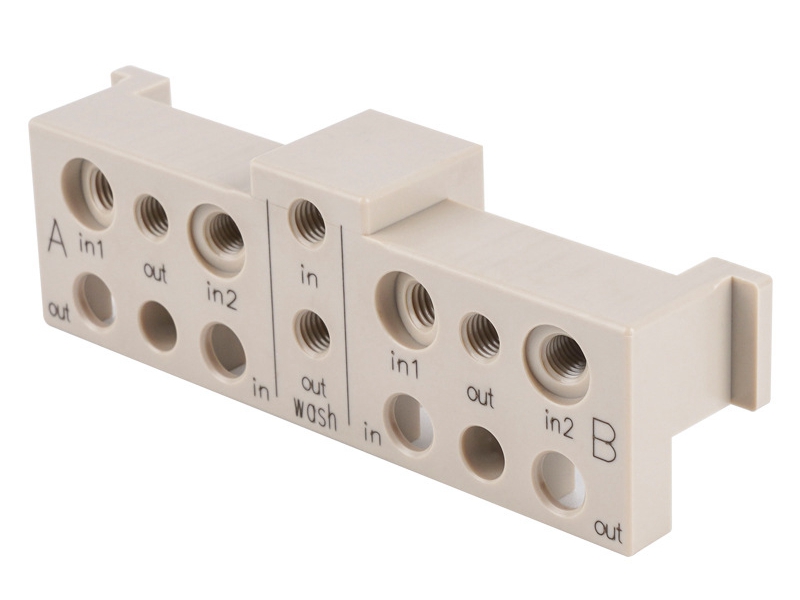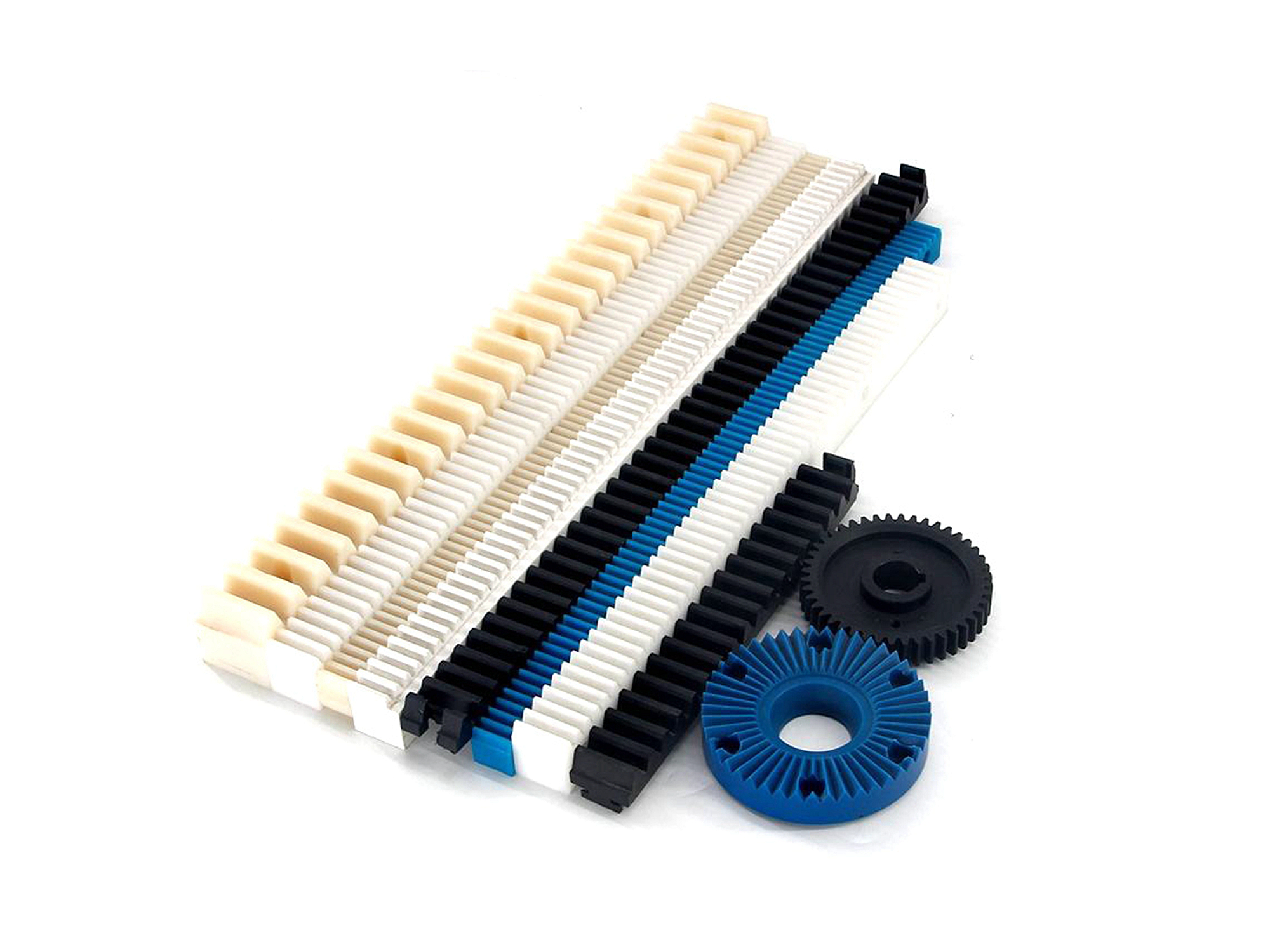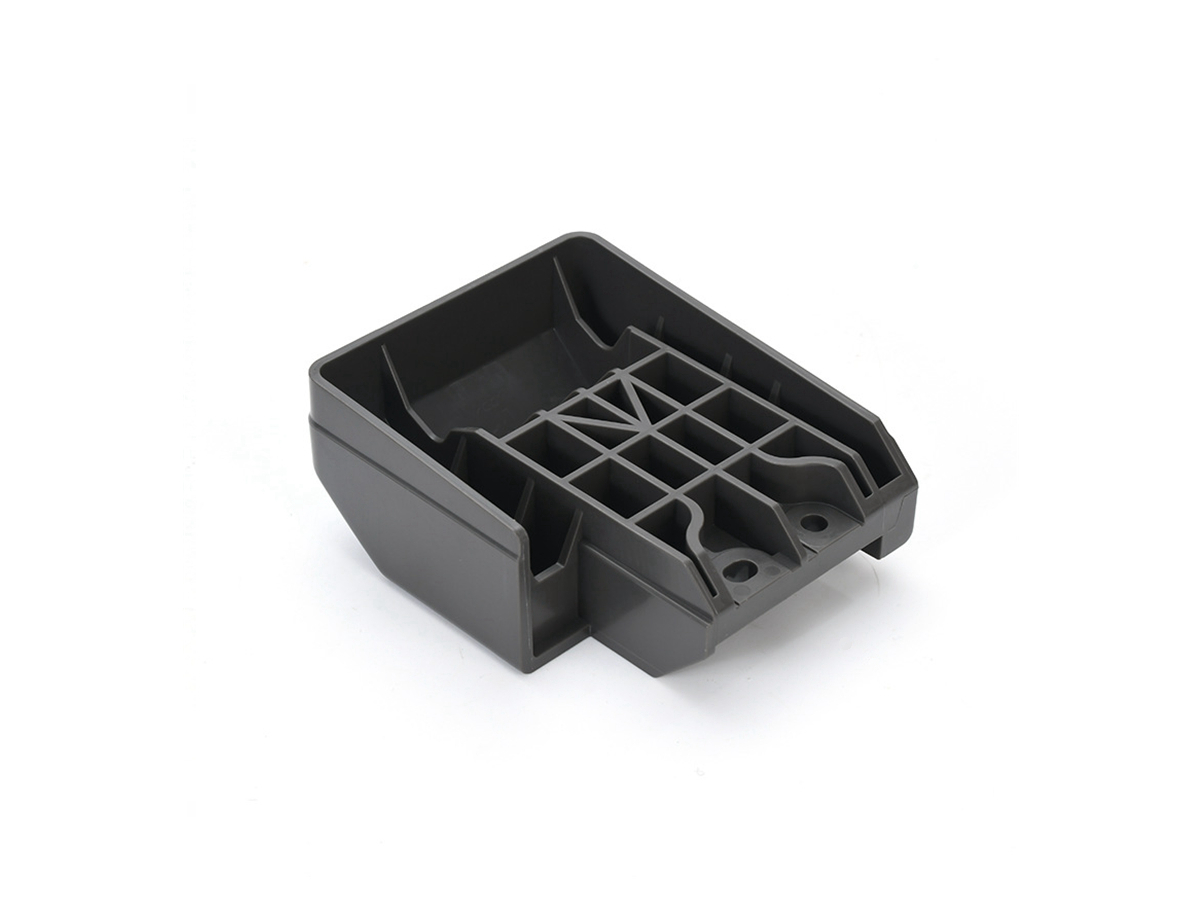How can I quickly estimate initial machining parameters for different plastic materials?
How can I quickly estimate initial machining parameters for different plastic materials?
A quick estimation begins by grouping plastics based on their machinability behavior—rigid (e.g., Acrylic, PC), semi-crystalline (e.g., Nylon, POM), and soft/abrasive (e.g., PTFE, UHMW). The core principle is to manage heat and prevent melting, gumming, or stress cracking. At Neway, we employ a baseline-and-adjust approach for our Plastic CNC Machining services to efficiently transition from an estimate to optimized settings.
A Practical Grouping Method for Initial Parameters
1. For Rigid / Amorphous Plastics (Acrylic, Polycarbonate, ABS, PS) These materials are brittle and prone to chipping and cracking.
• Speed (RPM): Start with a medium-high RPM (e.g., 10,000-15,000 for a 1/4" tool).
• Feed Rate: Use a moderate to high feed rate to prevent heat buildup from rubbing.
• Depth of Cut: Use light to moderate depths to control stress.
• Tooling: Sharp, highly positive rake angle tools with 2-3 flutes are ideal. Our CNC Milling Service often employs specialized tooling for these materials.
2. For Semi-Crystalline / Engineering Plastics (Nylon, POM/Acetal, PEEK) These materials are tougher but can gum up or melt if overheated.
• Speed (RPM): Start with a medium RPM (e.g., 8,000-12,000 for a 1/4" tool). Lower speeds help manage heat.
• Feed Rate: Use a consistent, moderate feed rate. Avoid dwelling.
• Depth of Cut: Can handle more aggressive cuts than amorphous plastics.
• Tooling: Sharp, polished flutes with 2-3 flutes are crucial to prevent material adhesion.
3. For Soft / Abrasive Plastics (PTFE, UHMW, Polypropylene), the challenge here is poor surface finish and material movement.
• Speed (RPM): Use high RPMs (e.g., 15,000+ for a 1/4" tool) for a clean shear.
• Feed Rate: Use high feed rates to minimize deflection and heat.
• Depth of Cut: Light depths are often better to prevent part movement.
• Tooling: Razor-sharp tools with high rake angles and high clearance are non-negotiable.
Universal Starting Points and Critical Adjustments
• The "Chip" is Your Guide: Aim to produce a clean, continuous chip. Dust indicates excessive heat from high-speed or light cuts; large, stringy chips indicate a feed rate that's too low.
• Coolant vs. Compressed Air: For most plastics, use compressed air to evacuate chips and cool the cut. Liquid coolant can be used with some engineering plastics like PEEK but may be unsuitable for hygroscopic materials like Nylon.
• Fixturing is Key: Use secure, low-stress fixturing to prevent distortion, especially in our CNC Machining Prototyping where part geometry may be delicate.
Quick Reference Chart for Initial Estimation
Material Group | Speed | Feed | Key Consideration Rigid (PC, Acrylic) | Medium-High | Medium-High | Prevent chipping Semi-Crystalline (POM, Nylon) | Medium | Medium | Prevent gumming Soft (PTFE, UHMW) | High | High | Use razor-sharp tools Engineering (PEEK) | Medium | Medium | Manage heat with air/coolant
Practical Recommendation
The fastest method is to begin with parameters for a known plastic in the same group and then adjust based on chip formation and surface finish. For instance, start with settings for Acetal (POM) when machining Nylon. Always prioritize a sharp tool and adequate chip evacuation. For complex projects, leveraging our One Stop Service ensures that parameters are expertly tuned from the start, integrating ideal Surface Treatments for CNC Machined Plastic Parts as part of the final deliverable.



